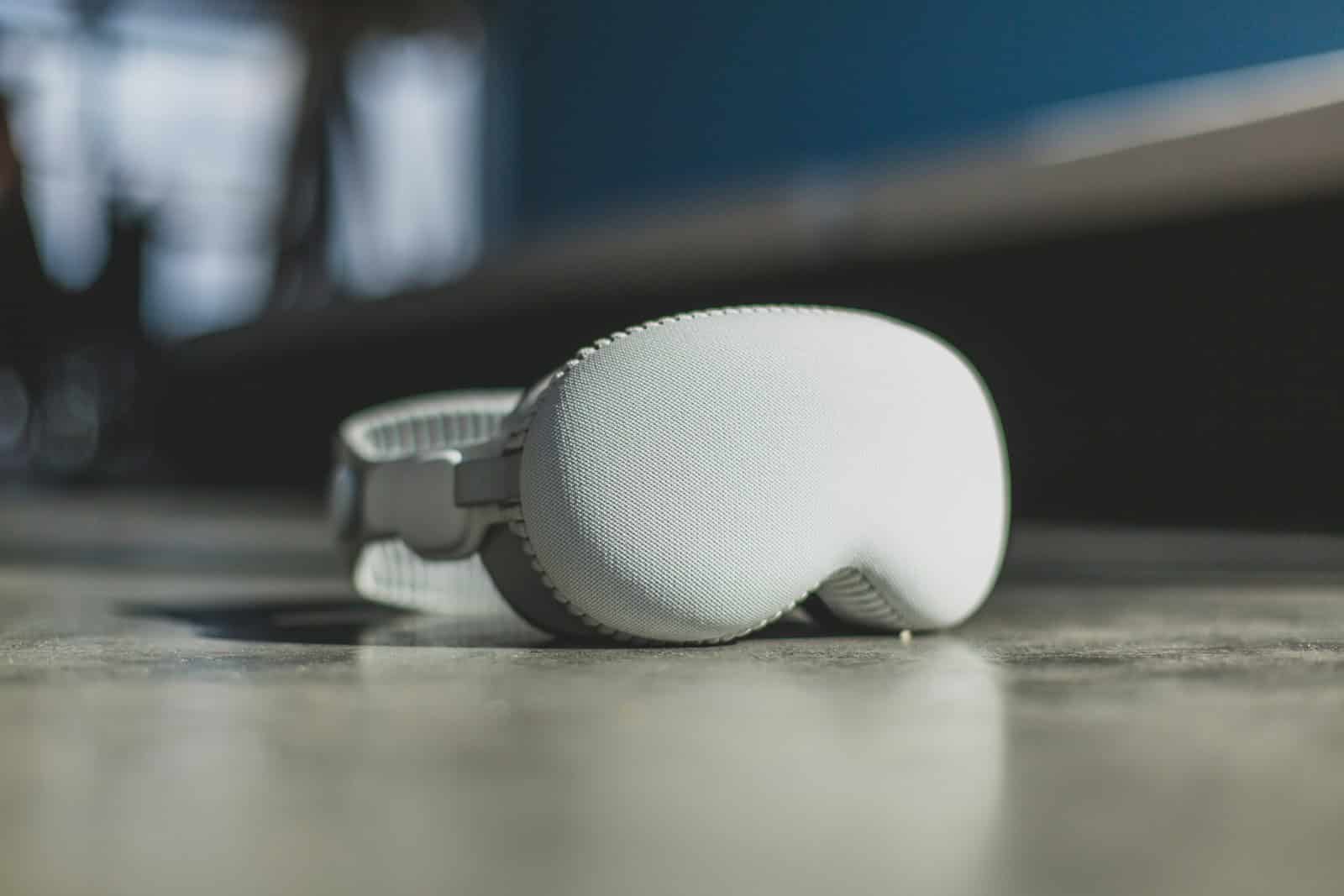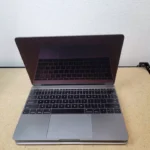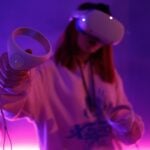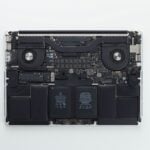Nobody really knew what Apple was trying to achieve with the launch of the first Vision Pro headset back on February 2, 2024. It was pitched as a huge “change the world” kind of event where Apple and influencers all over the web came together at the same time to create tremendous excitement pre and post-launch. It was pitched to us as being an everyday use device that would impact every aspect of our lives; from entertainment to productivity, surfing the web, information, communication, etc.
The buzz and excitement surrounding the Vision Pro created this tsunami of interest and devices sold out at stores across the country. Apple let you go into their stores and demo the product – and once you did you were hooked. The first impression of the Vision Pro is truly impressive and the financing options made owning a device a no brainer. Even though most everyday people couldn’t really afford it, you also couldn’t afford to miss the boat on the “next big thing” in technology.
After about two months of this, though, people got bored, the novelty wore off, and the reality that there really weren’t very many applicable use cases for the Vision Pro hit people hard. The truth was that the first Vision Pro is a niche product and that reality is that niche is much narrower than we were told it would be.
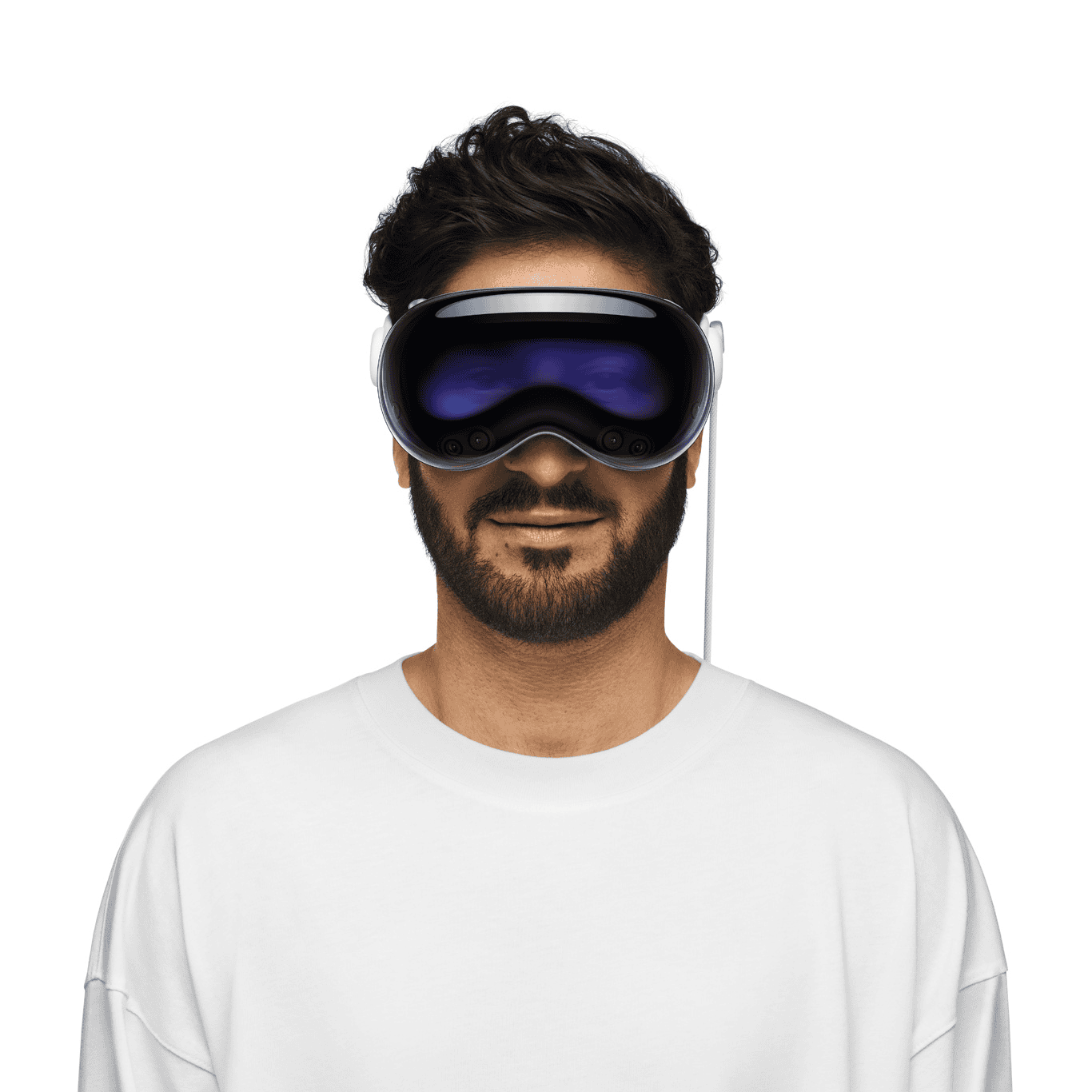
Apple’s Vision Pro Vision Of The Future
Fast forward to today and we’re seeing a much different picture. There are rumors floating around that a much cheaper, less gimmicky Vision Pro headset will be coming next (sometime in 2025) and that got people thinking. If a feature-rich Vision Pro failed in 2024, why would a stripped down version of it succeed in 2025? Well, to start, Apple is cutting about $1500 off the price. Yes it’s still ridiculously expensive for a VR headset but that’s where thing may be shifting a little. The direction Apple is taking is becoming more and more clear: The Vision Pro is not going to be “just a companion device” going forward. Apple is starting the lay the groundwork for this product line to become a primary tool in your arsenal.
Imagine pairing an iPhone and a Vision Pro and having nothing else in your tech stack. Or maybe a Vision Pro and just an Apple TV box for shared experiences. Eventually, years down the road, maybe just the Vision Pro. With the capabilities that Vision Pro has and the roadmap Apple is laying out, it may not be as far-fetched as we believe.
Not Just VR, But the Future of Personal Computing
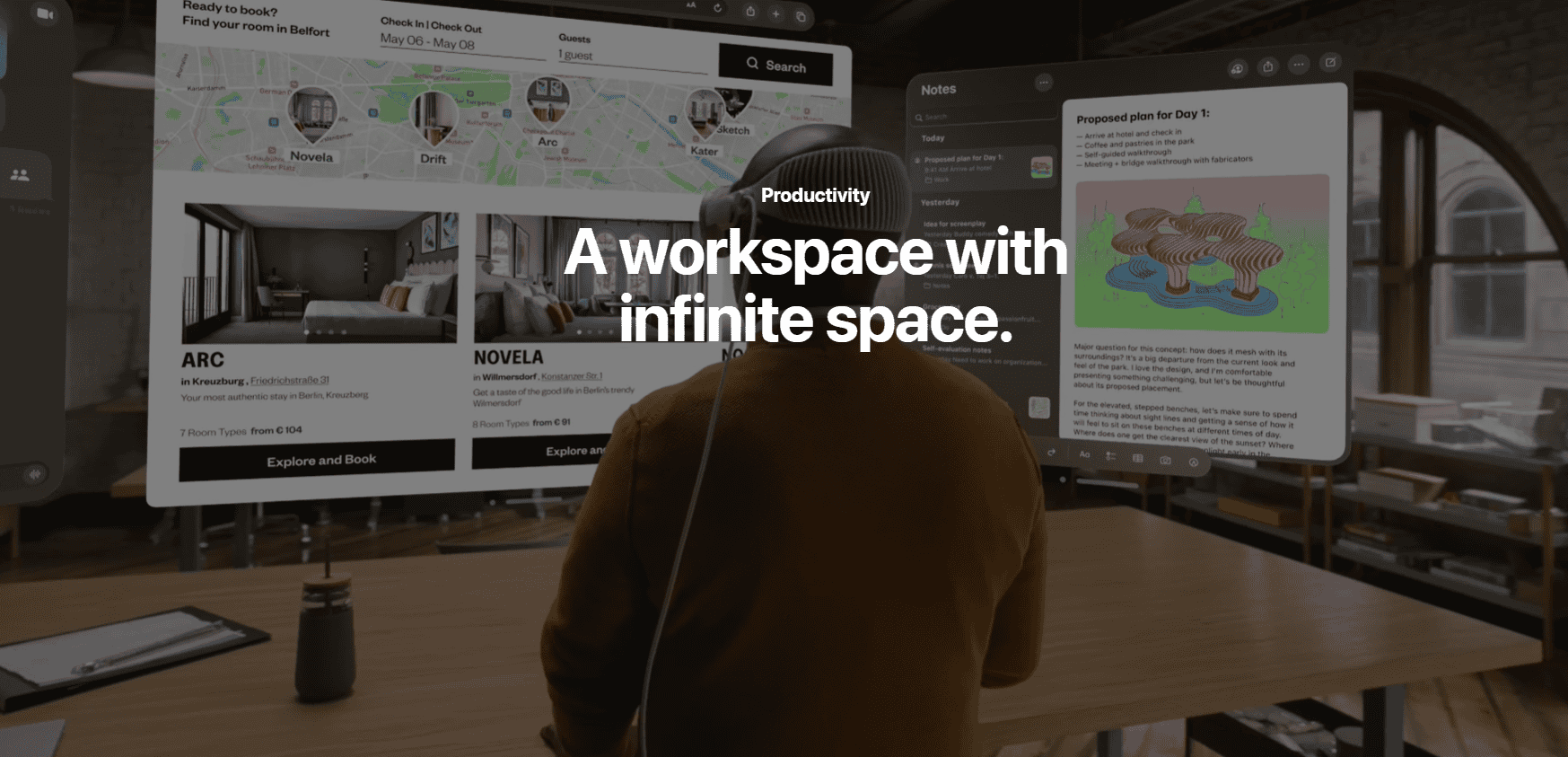
While Apple has been marketing the Vision Pro as a spatial computer, I believe it has the potential to be much more than that. It could be the device, along with something like an iPhone, that replaces laptops and even desktops for many people in the future. Here’s why:
The Vision Pro as a Productivity Powerhouse
The Vision Pro has the hardware to be a serious work machine. It can run multiple apps simultaneously in a 3D space, connect to peripherals like keyboards and trackpads, and even mirror your Mac’s display. Imagine a world where you don’t need to lug around a laptop. Instead, you have a portable, immersive workspace that goes wherever you do. You could be working from a coffee shop, an airplane, or even your couch, with a massive virtual screen and all your essential apps at your fingertips.
As one Reddit user pointed out, “If the base software lets people work entirely through the headset without any laptop, $2,000 is a great price. I mean it’s a full-on computer on your face after all. It makes sense to be priced above and in the same range as their Macbooks.”
A New Era of User Experience
The Vision Pro offers a unique user experience that could be more intuitive and efficient than a traditional laptop. The 3D environment allows for a multi-screen setup without the physical bulk, and interacting with applications in this spatial way could unlock new levels of productivity and creativity. Imagine manipulating 3D models with your hands, or having a virtual whiteboard that surrounds you.
Apple’s History of Disruption
Apple has a history of disrupting existing markets with innovative products. The iPod changed how we listen to music, the iPhone revolutionized mobile phones, and the iPad created a new category of mobile computing. The Vision Pro could be the next step in this evolution, merging the capabilities of a laptop with the portability and immersive experience of a spatial computer.
Addressing the Challenges
Of course, there are challenges that the Vision Pro needs to overcome to truly replace laptops. The first versino of the Vision Pro is designed to complement rather than replace a laptop for most users. While it can handle basic computing tasks, it does not offer the full functionality of a MacBook or traditional laptop. However, the Vision Pro’s potential as a laptop alternative will increase over time and if Apple sees a path where it makes sense, they can easily shift it over to serve that function. Future generations of the device will provide more computing power and productivity features. The Vision Pro already boasts impressive hardware, allowing it to run multiple apps simultaneously in a 3D space, connect to peripherals like keyboards and trackpads, and mirror your Mac’s display. This positions it as a powerful productivity tool capable of handling tasks that were once confined to laptops. The Vision Pro also offers a unique user experience that could be more intuitive and efficient than a traditional laptop. Imagine a world where you don’t need to carry around a heavy laptop, but instead you have a portable, immersive workspace that goes wherever you do. You could be working from a coffee shop, an airplane, or even your couch, with a massive virtual screen and all your essential apps at your fingertips. But even still, there are many hurdles that will need to be addressed:
- Price: The current price point of $3,499 is a major obstacle for most consumers. However, Apple is reportedly working on a more affordable version, rumored to be around $2,000. Even at this price, it’s still a significant investment. I believe that to reach mass adoption, the price needs to come down even further, perhaps to around $1,500. This is the point where it becomes a viable alternative to a high-end laptop for many people.
- EyeSight: Some argue that EyeSight, the feature that displays your eyes on the front of the headset, is unnecessary and should be removed to reduce costs. However, I believe that EyeSight, or a similar feature, is crucial for the Vision Pro’s long-term success. It allows for a more natural and social interaction when using the device around others. As one Reddit user put it, “the idea of making a headset that is not isolating and able to be used around others is super important moving forward.” Instead of removing EyeSight, Apple should focus on improving it, making the display brighter, increasing the resolution, and perhaps using a more durable material.
- Battery Life: The current two-hour battery life is a limitation for a device intended to replace a laptop. Apple needs to significantly improve this to make it a truly all-day computing solution.
- App Ecosystem: A robust app ecosystem tailored for the Vision Pro is crucial for its success. While the device can run iPadOS apps, it needs a wide range of professional applications optimized for the spatial computing environment to truly replace a laptop.
- Social Acceptance: Wearing a headset in public might not be comfortable for everyone, and it might take time for society to fully embrace this new form of computing.
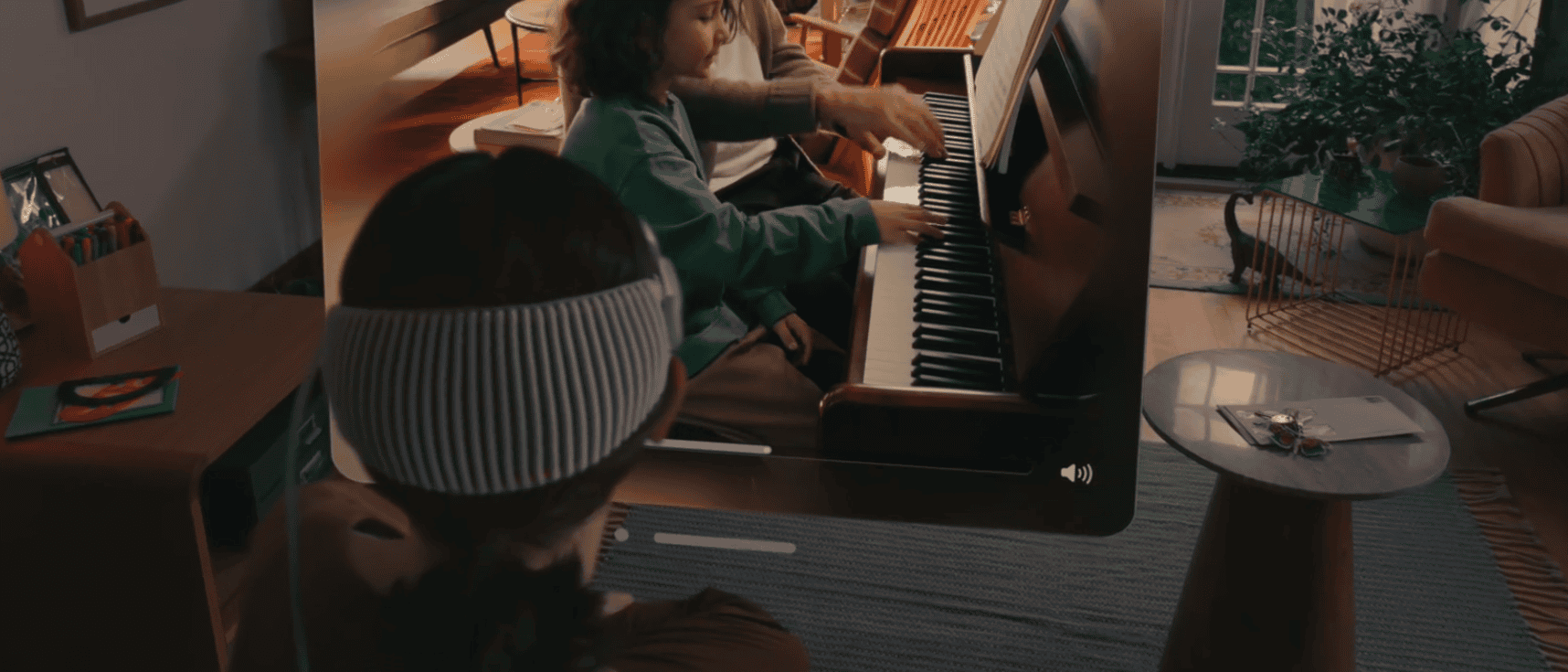
The Future of Computing is Spatial
Despite these challenges, I believe that the Apple Vision Pro, or a future iteration of it, has the potential to redefine personal computing. As the technology matures, the price comes down, and the app ecosystem grows, we could see a future where the Vision Pro, along with a device like an iPhone, becomes the primary computing setup for many people. This future might be closer than we think.
Let’s not forget Apple’s track record of disrupting existing markets with innovative products. The iPod changed how we listen to music, the iPhone revolutionized mobile phones, and the iPad created a new category of mobile computing. The Vision Pro could be the next step in this evolution, merging the capabilities of a laptop with the portability and immersive experience of a spatial computer.
Key Takeaways
- Vision Pro is not a full laptop replacement yet
- The device handles basic tasks but lacks some laptop functions
- Future versions may offer more laptop-like capabilities
Overview of Apple Vision Pro
Apple Vision Pro is a groundbreaking wearable device that blends virtual and real worlds. It offers cutting-edge visual and audio tech, seamless integration with Apple products, and versatile applications.
Innovations in Visual and Audio Technology
Vision Pro features two high-res displays that create a huge virtual screen. Users can watch movies on a screen that feels 100 feet wide. The device uses advanced Spatial Audio to make sounds seem like they’re coming from all around you.
Apple Immersive Video lets you watch 180-degree films for a more lifelike experience. The headset tracks your eyes, hands, and voice for natural interactions. This makes using apps and browsing the web feel intuitive.
Integration with Existing Apple Ecosystem
Vision Pro works smoothly with other Apple devices. You can use it to view your iPhone screen, type on a virtual Mac keyboard, or share content from your iPad.
The App Store for Vision Pro has many familiar apps. You can use Safari, Notes, Messages, and more just by looking at them. New apps made for spatial computing are also available.
AirPods pair easily with Vision Pro for private listening. The device can even show your Apple Watch face in your view.
Use Cases: From Entertainment to Professional Settings
Vision Pro transforms any room into a personal theater. You can watch 3D movies, stream shows on Disney+, or enjoy Apple TV content on a massive virtual screen.
For work, Vision Pro enables immersive video calls. You can see life-size versions of people as if they’re in the room with you. It’s great for remote meetings or catching up with family.
The device also helps with productivity. You can spread out multiple app windows in your space. This lets you multitask more effectively than on a regular computer screen.
Frequently Asked Questions
Apple Vision Pro generates interest and curiosity. Users want to know about its price, release date, and capabilities as a work device and monitor replacement.
What is the expected price range for Apple Vision Pro?
The Apple Vision Pro will cost $3,499. This premium price reflects its advanced technology and features. It positions the device as a high-end product for early adopters and professionals.
When is the Apple Vision Pro scheduled to be released?
Apple plans to release the Vision Pro in early 2024. The exact date is not yet announced. Interested buyers should stay tuned for updates from Apple.
Can the Apple Vision Pro be effectively used as a primary work device?
The Vision Pro shows promise as a work device. It can run apps like an iPhone but projects them over real life. This creates an immersive workspace. But it may not fully replace laptops for all tasks yet.
What are the capabilities of the Apple Vision Pro as a monitor replacement?
Vision Pro offers exciting possibilities as a monitor replacement. It can create virtual displays of any size. Users can arrange multiple app windows in their space. This flexibility could enhance productivity for some tasks.
Is the Apple Vision Pro designed to function as a standalone computer?
The Vision Pro runs apps independently. It has its own operating system and processor. But it’s not meant to replace Macs or PCs fully. It works best as a complementary device for specific tasks and experiences.
What functionalities will the successor to the Apple Vision Pro potentially include?
Future versions of Vision Pro may offer improved battery life. They could have more powerful processors and better displays. Apple might add new sensors or input methods. These upgrades could make the device more useful for everyday computing tasks.

